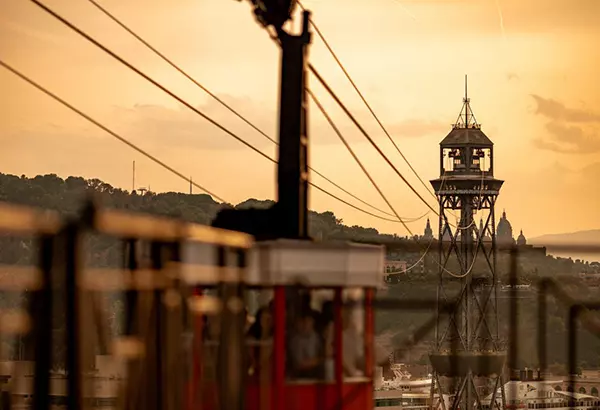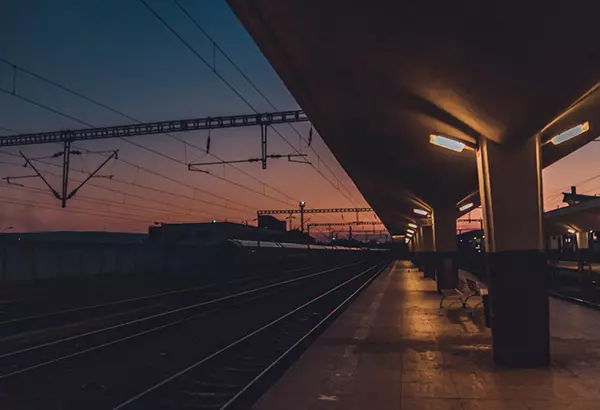HOW TO SELECT AND INSTALL CABLE ACCESSORIES?
2022-08-11
2020-03-03

Single-core cable three-phase arrangement can be divided into horizontal arrangement, vertical arrangement, equilateral triangle arrangement. Both horizontal and vertical arrangements have problems of unequal mutual inductance and asymmetric impedance. Therefore, it is necessary to change positions when the line is long. At present, under long-distance laying methods such as direct burying, piping, and cable trenches, horizontal or vertical arrangements are generally used. The equilateral triangle arrangement is rarely used due to other factors such as difficulty in fixing the construction.
2.Cable Fixing Requirements
(1) There should be no less than one rigid fixation on the cable near the terminal, joint or turn.
(2) There should be no less than 2 rigid fixings on the vertical or high side of the slope.
(3) Each pitch of the cable is laid in a serpentine shape and should be fixed flexibly. The transition part of serpentine to straight line laying should be rigidly fixed.
(4) Use of high voltage cable fixing fixture.
3.Cable Intermediate Connector
The cable intermediate joint is divided into an insulating intermediate joint and a through intermediate joint. Generally, a whole prefabricated, glass fiber reinforced plastic water-proof shell is used. A dedicated cable joint well is set up at the place of the cable joint. The general specifications of the joint well are 10 meters or 20 meters long, which is convenient for the telescopic installation of the cable and the serpentine laying. The cable connector is fixed on the sand bag and filled with sand after completion.

Cable terminals are generally divided into GIS terminals, porcelain sleeve terminals, dry-type silicone rubber terminals, etc. The GIS cable terminal is used for outgoing line in GIS Substation, the porcelain sleeve terminal is used in the open-type substation's incoming line structure, and the dry silicon rubber terminal is used for cable tower when cable is connected with overhead line. When several times of cable lines need T connection, because there is no mature cable T connector in China, a T-connection room can be built to t-connect porcelain sleeve terminal or dry-type silicone rubber terminal with wires. When using dry-type silicone rubber terminal for T-connection, hard connection shall be adopted to prevent the silicone rubber terminal from bending due to electric power of conductor, resulting in safety accident and damage of cable terminal. When the cable is used on the iron tower, a silicon rubber terminal should be used. The cable and the terminal should be fixed in a reasonable manner. Generally, an insulator string is used to straighten and fix the cable terminal in the middle of the tower's crossbar. The advantages of the method are that it saves space and is easy to operate and maintain.
Power cable engineering is an important measure to build a strong urban power grid. With the expansion of the city, the demand for electricity continues to increase, and the task of power cable installation is particularly prominent. Cable accessories directly affect the safety of power supply and its overall quality. The selection and installation of cable accessories can not be ignored.




